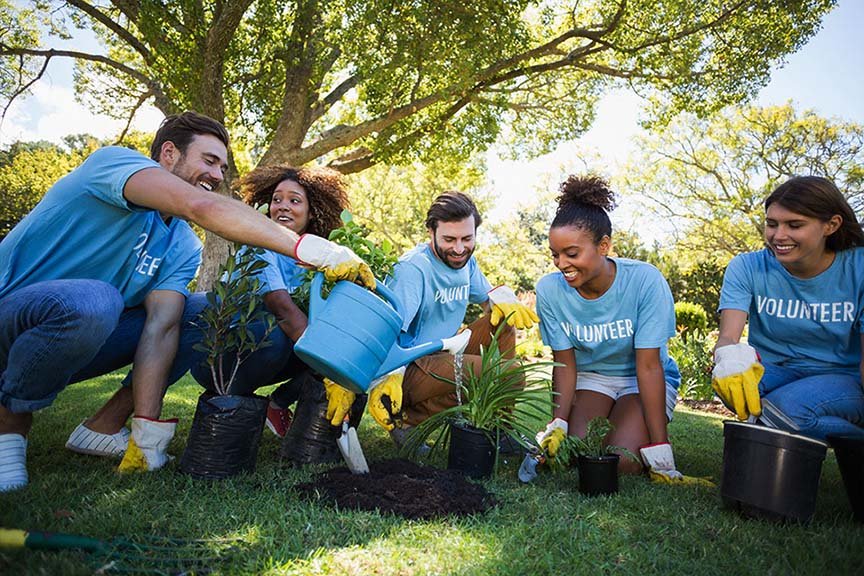Restoring water cycles naturally is one of the most effective ways to address climate change, desertification, and biodiversity loss. Water cycles are disrupted by deforestation, urbanization, and poor land management, leading to droughts and floods. But nature offers powerful solutions.
1. Reforestation and Agroforestry
Trees play a key role in the water cycle. They absorb rainwater, release moisture into the atmosphere through transpiration, and stabilize the soil to prevent runoff. Reforestation and agroforestry (growing trees with crops) can bring back balance to local and regional water systems.
2. Restoring Wetlands
Wetlands act like sponges, absorbing and storing rainwater and releasing it slowly over time. By restoring degraded wetlands, we can improve groundwater recharge and reduce the intensity of floods and droughts.
3. Soil Regeneration
Healthy soil rich in organic matter can retain far more water than degraded land. Practices like composting, cover cropping, and no-till farming enhance soil structure and water-holding capacity.
4. Removing Concrete and Paving
Urban areas with impermeable surfaces disrupt natural infiltration. Replacing pavement with green spaces and permeable surfaces allows rainwater to return to the ground, restoring the natural flow.
Conclusion
Nature knows how to manage water — we just have to help it do its job. Through reforestation, soil care, and thoughtful urban design, we can bring the water cycle back into harmony.





